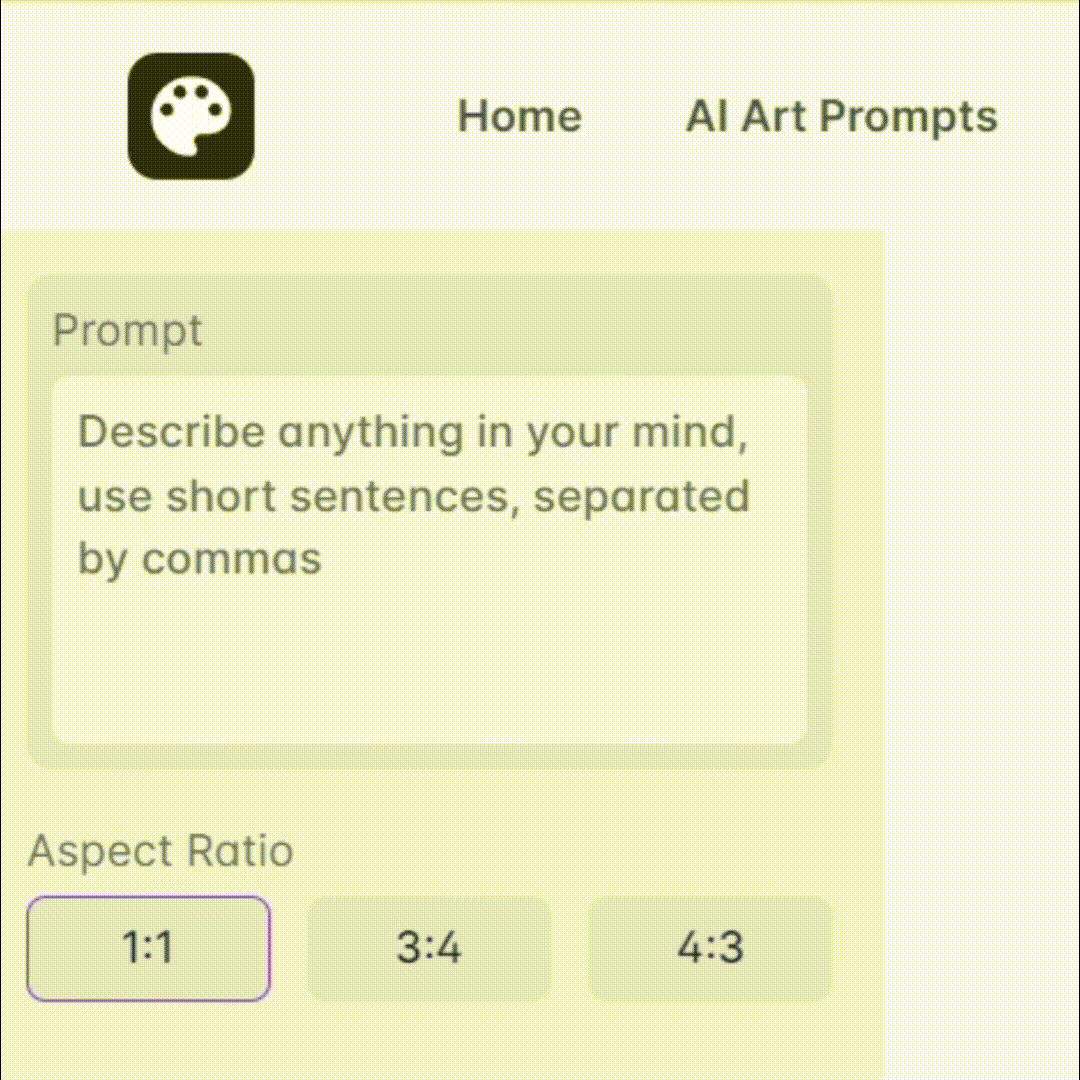TRICK TurnItIn's AI Detection With This TOOL
TLDRThe video script discusses the limitations of Turnitin, an AI detection tool used to identify plagiarism. It highlights that Turnitin may incorrectly flag essays as AI-generated due to its algorithm's focus on 'consistently average' writing, which resembles the output of AI like ChatGPT. The script suggests using QuillBot, a paraphrasing tool, to alter the text and evade Turnitin's detection. QuillBot's ability to enhance the writing quality makes it harder for Turnitin to identify AI involvement, thus potentially misleading the system.
Takeaways
- 🚨 Turnitin's AI detection tool is experiencing issues with false positives, marking student-written essays as AI-generated.
- 📝 Turnitin looks for 'consistently average' writing patterns, which is a characteristic it associates with AI-generated content.
- 🤖 Chat GPT produces 'consistently average' writing, which can trigger Turnitin's AI detection as 100% AI-written.
- 🔄 Quill Bot is a paraphrasing tool that can alter writing to make it less 'consistently average'.
- 📈 Using Quill Bot can improve the quality of writing from 'average' to 'above average' or better.
- 🛡️ Turnitin struggles to detect AI-written content when it has been paraphrased by tools like Quill Bot.
- 🤐 The difficulty in spotting AI writing has increased, making it harder for plagiarism detection tools to be effective.
- 💡 Students can use Quill Bot to confuse Turnitin and potentially avoid false positives.
- 📚 The conversation highlights the evolving challenge of distinguishing between human and AI writing in academic work.
- 🔍 The script suggests that current AI detection tools may need to be updated to handle more sophisticated AI-generated text.
- 📖 Educators and students alike should be aware of these limitations and consider alternative methods for ensuring academic integrity.
Q & A
What is the main issue with Turnitin's AI detection tool?
-The main issue is that Turnitin is giving false positives, marking essays as AI-written when students have actually written them themselves.
Why does Turnitin incorrectly flag essays as AI-written?
-Turnitin looks for consistently average writing, which is what AI like Chat GPT produces, leading to false positives when students use AI for their work.
What is QuillBot and how does it help with Turnitin's detection?
-QuillBot is a paraphrasing tool that can rephrase writing, moving it from consistently average to above average or better, making it harder for Turnitin to detect as AI-generated.
How effective is Turnitin at detecting AI writing currently?
-Turnitin struggles with detecting AI writing because it's difficult to spot, especially when using tools like QuillBot that alter the writing style.
What advice is given to students regarding Turnitin and AI tools?
-The advice is to use QuillBot to paraphrase their work, which can confuse Turnitin and potentially avoid false positives.
How does QuillBot's paraphrasing affect the original content?
-QuillBot changes the structure and wording of the text while maintaining the original meaning, which can elevate the writing from average to a higher quality.
Is it ethical to use QuillBot to avoid Turnitin's detection?
-The ethicality depends on the context and the academic institution's policies. Some might consider it a loophole, while others may view it as a legitimate way to improve writing quality.
What are the implications of Turnitin's false positives for students and educators?
-False positives can lead to students being unfairly penalized for original work, and educators may face challenges in accurately assessing student writing abilities.
How might Turnitin improve its AI detection capabilities?
-Turnitin could improve by updating its algorithms to better differentiate between AI-generated and human-written content, taking into account the evolving nature of AI writing tools.
What is the broader impact of AI on academic writing and plagiarism detection?
-AI tools like Chat GPT and QuillBot are changing the landscape of academic writing, making it more challenging to detect plagiarism and requiring updates in detection tools and educational practices.
Outlines
🚨 Turnitin's AI Detection Issues
The first paragraph discusses the problems with Turnitin, an AI detection tool used to identify student essays. It highlights that Turnitin is incorrectly marking essays as AI-generated due to its search for consistently average writing patterns. The paragraph mentions that using Chat GPT, which produces average writing, will result in a 100% AI-written score. However, it introduces Quill Bot, a tool that paraphrases writing to elevate it from average to above-average, making it harder for Turnitin to detect AI involvement.
Mindmap
Keywords
💡Turnitin
💡AI detection tool
💡False positives
💡Chat GPT
💡Quillbot
💡Consistently average writing
💡Plagiarism
💡Academic integrity
💡Originality
💡False negatives
💡Paraphrasing
Highlights
Turnitin AI detection tool issues
False positives in AI detection
Turnitin penalizes consistently average writing
Chat GPT produces consistently average text
Quill bot as a solution
Quill bot paraphrases writing
Quill bot improves writing to above average
Turnitin struggles to detect Quill bot paraphrases
Difficulty in spotting AI writing
Advice to use Quill bot for Turnitin
Confusing Turnitin with Quill bot
Turnitin's limitations in AI detection
The evolution of AI writing detection challenges
The need for advanced tools to bypass AI detection
The impact of AI on academic integrity
The debate over AI's role in essay writing
The potential for AI to revolutionize academic writing
